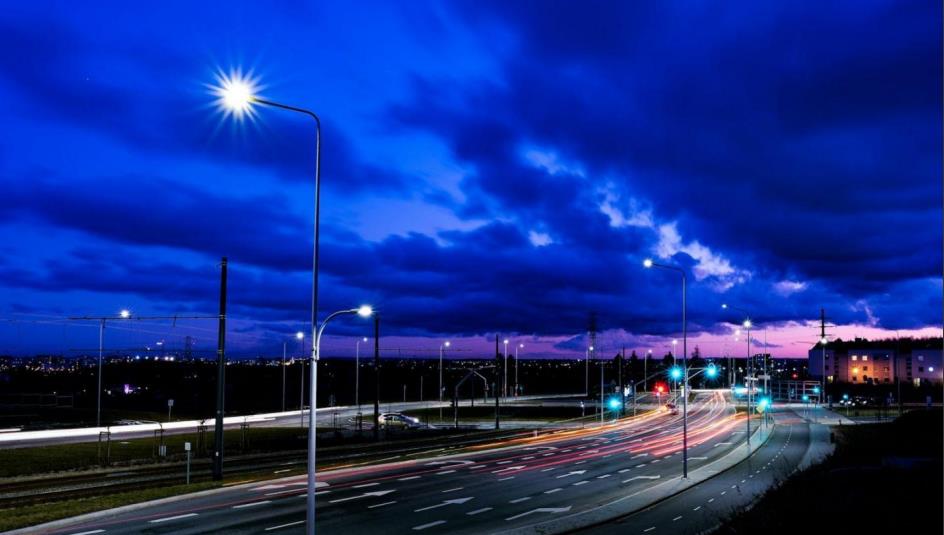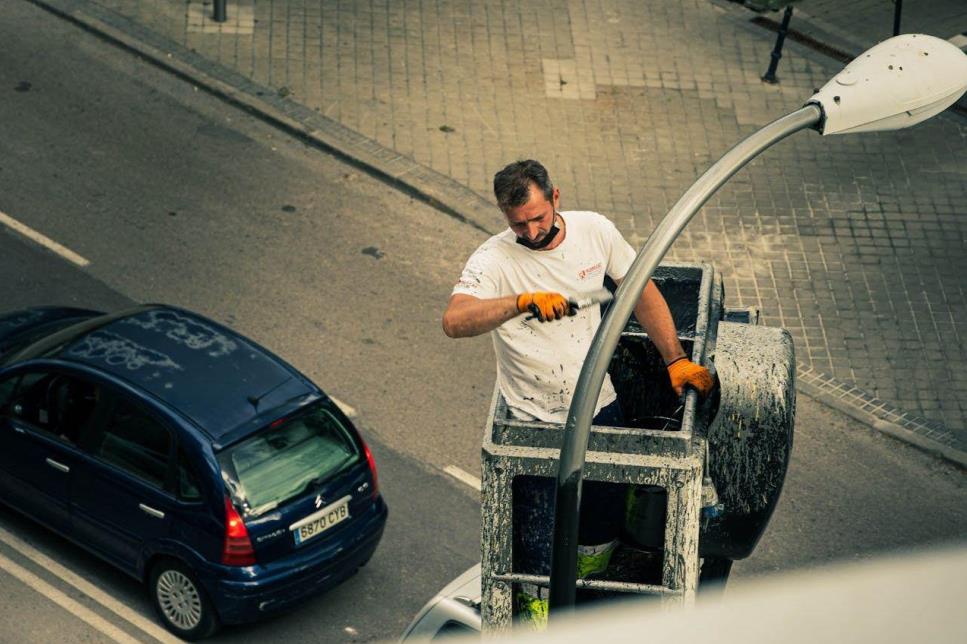
Cities everywhere are looking for smart ways to save money and improve services. One solution gaining attention is intelligent lighting systems. These are streetlights that use sensors and remote controls to work more efficiently. By cutting down on energy use and fixing problems faster, they help cities lower their maintenance costs. In this article, you’ll learn how these smart lights can make a real difference for your city’s budget and its streets.
What Are Intelligent Lighting Systems?
Intelligent lighting systems are streetlights designed with smart technology that changes how they work. Instead of staying on at full brightness all night, these lights adjust automatically based on their surroundings. For example, they can dim when no one is nearby and brighten when people or vehicles pass by. This saves energy and reduces unnecessary light pollution.
These systems use sensors to detect motion, daylight levels, and even weather conditions like fog or rain. City workers can also monitor and control the lights remotely through software, without having to visit each lamp post. This makes managing the lighting network faster, easier, and more cost-effective than traditional streetlights.
Why Maintenance Costs Are a Problem for Cities
Maintaining streetlights can be expensive and time-consuming for cities. Traditional lights often need regular manual checks to find bulbs that have burned out or fixtures that need fixing. Workers must visit each light, which means spending time, fuel, and money on these trips. Sometimes, problems go unnoticed for weeks, making streets less safe.
These maintenance costs add up quickly and take a large part of city budgets. When money goes to fixing streetlights, less is left for other important services. Reducing these expenses is a smart way for cities to manage their budgets more effectively.
Real Cities, Real Savings: Smart Lighting in Practice
Many cities worldwide have successfully tackled maintenance costs by adopting intelligent lighting systems. For instance, Helsinki, the capital of Finland, has implemented smart lighting solutions in areas like the Kalasatama district. The system uses LED luminaires that provide significant energy savings and reduce maintenance needs. This approach aligns with Finland's commitment to sustainability and contributes to the high quality of life in Finland, making urban environments more efficient and eco-friendly. Such real-world examples demonstrate how smart lighting not only reduces costs but also supports sustainable urban development.
How Smart Lights Reduce Repair Visits
Smart lighting systems use sensors and software to monitor each streetlight constantly. When a bulb starts to dim or a fixture stops working, the system sends an immediate alert to maintenance teams. This remote monitoring means workers no longer need to visit every light for routine checks. They can focus only on the ones that actually need attention.
This early detection helps cities fix problems before they become bigger. Repair visits become quicker because teams arrive prepared with the right tools and parts. Fewer unnecessary trips also save fuel and labor costs. As a result, cities can keep streets safer while cutting down on expensive and time-consuming maintenance work.
Energy Efficiency Lowers Running and Maintenance Costs
Smart lighting systems save energy by adjusting brightness based on need. For example, lights can dim during late-night hours when fewer people are around. This reduces electricity use and lowers utility bills for cities.
Using less energy also means the lights’ components don’t wear out as fast. When bulbs and fixtures run at lower power, they last longer. This reduces how often cities need to replace parts, cutting down on both material and labor costs.
By saving energy and extending the life of equipment, smart lights help cities spend less on running and maintaining streetlights over time.
Broader Applications: LED Industrial and Tunnel Lighting
While intelligent streetlights are making cities smarter, similar technology is transforming other public and industrial spaces, too. LED industrial lights and LED tunnel lights, for example, benefit greatly from smart control systems. In large warehouses, factories, or long tunnels, these intelligent lighting setups can adjust brightness based on activity levels, time of day, or even vehicle presence—just like smart streetlights. This not only boosts energy efficiency and safety but also reduces maintenance demands in hard-to-access areas. Applying the same smart lighting principles beyond the streets unlocks even greater cost savings and operational improvements for cities and industries.
Longer Lifespan Means Fewer Replacements
Smart lighting systems help bulbs and fixtures last much longer than traditional lighting. By adjusting brightness based on need and avoiding running at full power all the time, these lights reduce wear and tear on their components. This gentler use slows down the aging process, meaning bulbs burn out less often and fixtures stay in better condition.
Because parts last longer, cities don’t have to replace lights as frequently. This saves money not only on purchasing new bulbs and fixtures but also on the labor involved in replacing them. Maintenance crews spend less time climbing poles and shutting down roads for repairs.
Over time, the extended lifespan of smart lighting components adds up to significant cost savings. This reliability also means fewer unexpected outages, keeping streets well-lit and safer for residents without adding to city expenses.

Easier Upgrades and Scalability Save Money
Smart lighting systems let cities update settings and add features through software, without needing new hardware. This remote access saves the cost of replacing physical parts or sending technicians to every light. It also means upgrades happen faster and cause less disruption.
When cities expand or develop new neighborhoods, they can easily add smart lights to the existing system. This avoids the high costs of building completely new infrastructure. The ability to scale up or change the system quickly lets cities manage growth more affordably. It also means budgets don’t get hit with unexpected large expenses as needs evolve.
Additional Savings from Improved Safety and Traffic Flow
Reducing accidents and crime relies heavily on well-lit streets. When drivers can see pedestrians and obstacles clearly, crashes happen less often. This means fewer emergency calls and lower costs for medical and repair services.
Bright lighting also discourages vandalism and theft, which saves money on fixing damaged property and paying for extra security. Cities benefit when public spaces feel safer and need less constant monitoring.
Smart lighting systems adjust brightness to match traffic flow. They brighten busy intersections during peak hours and dim during quiet times to save energy. This helps drivers react faster, cutting down on accidents and traffic jams. With fewer accidents and smoother roads, cities spend less on emergency responses and road repairs.

Bright Ideas for Smarter City Budgets
Intelligent lighting systems help cities cut costs by reducing maintenance and extending the life of streetlights. They also improve safety and lower energy use, which frees up funds for other important needs. With remote control and easy updates, these systems make managing lighting simpler and more flexible.
Investing in smart lighting means better budget control and safer streets without huge upfront costs. It’s a practical choice that supports growth, sustainability, and stronger communities—all while saving money in the long run.